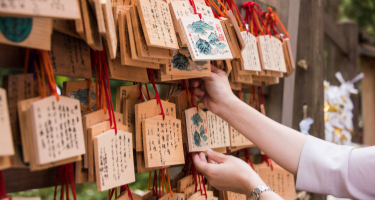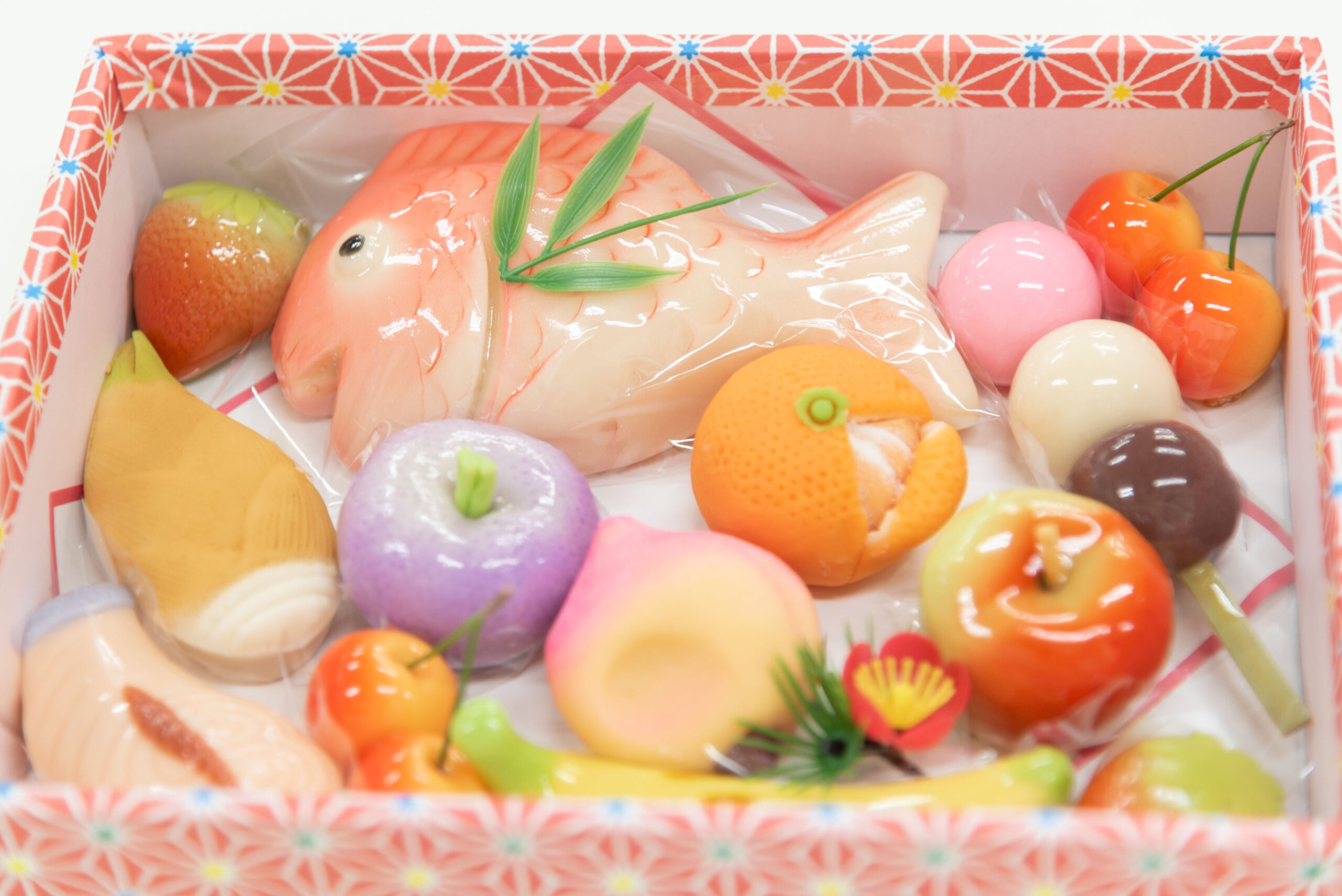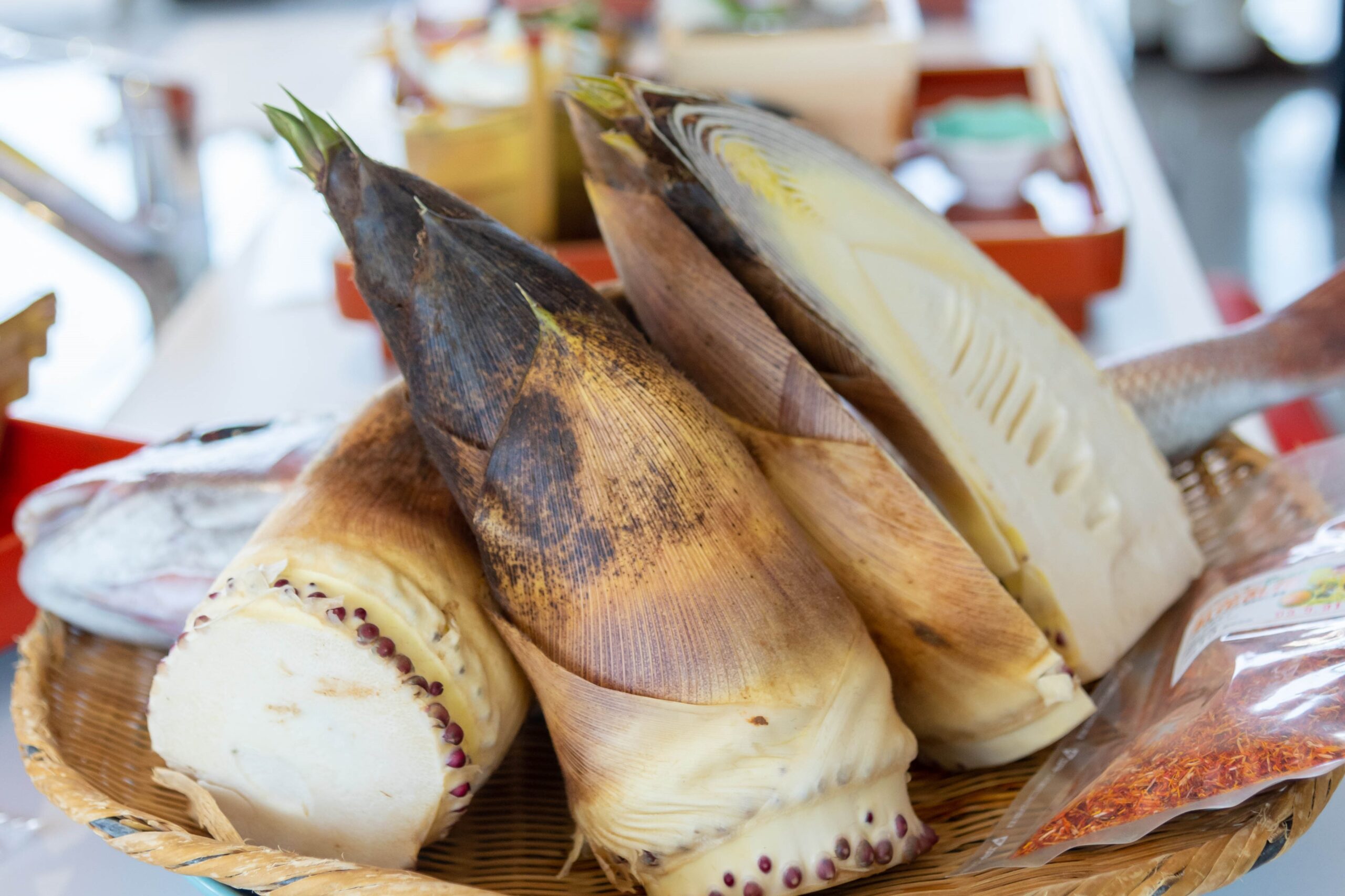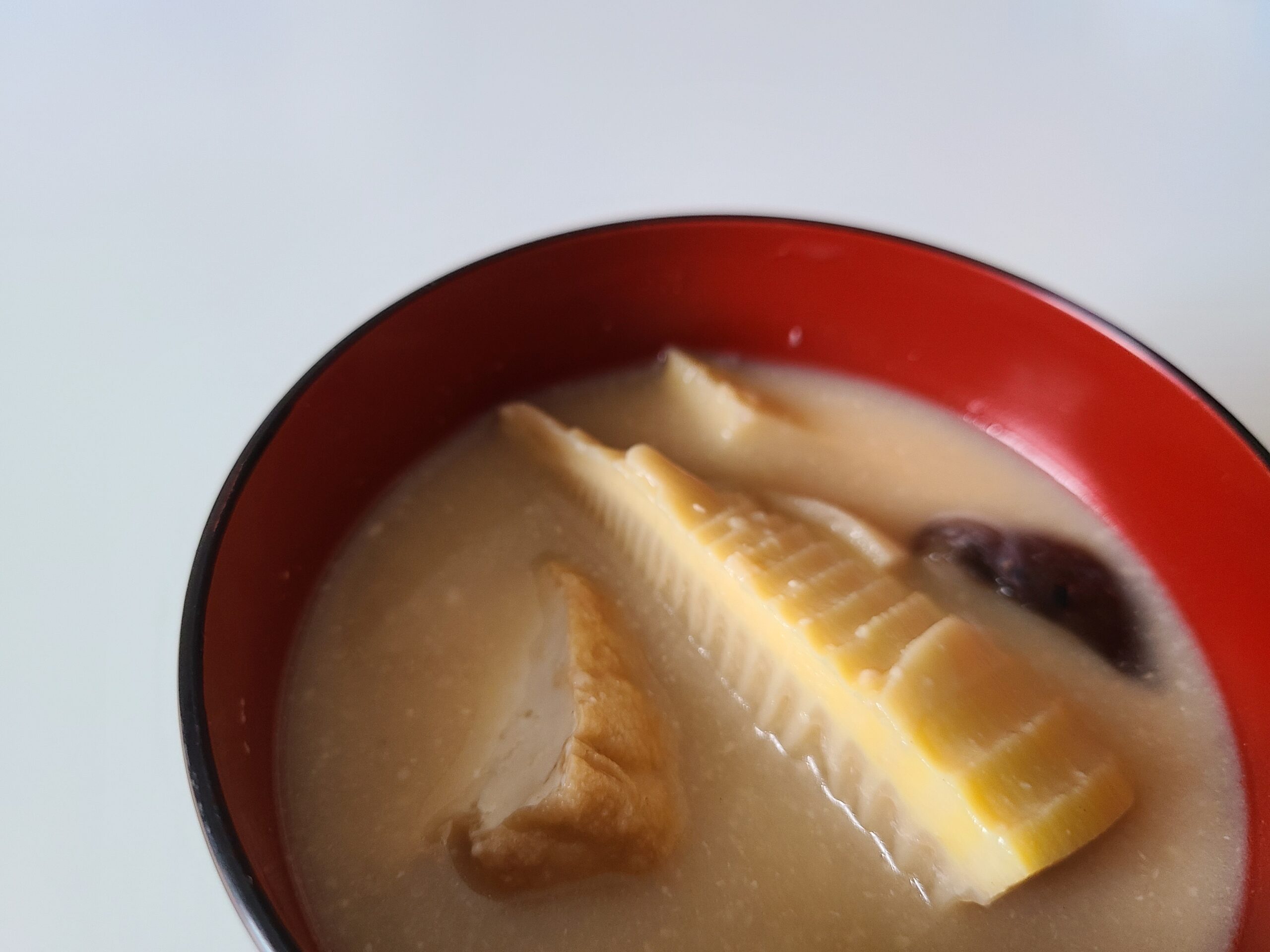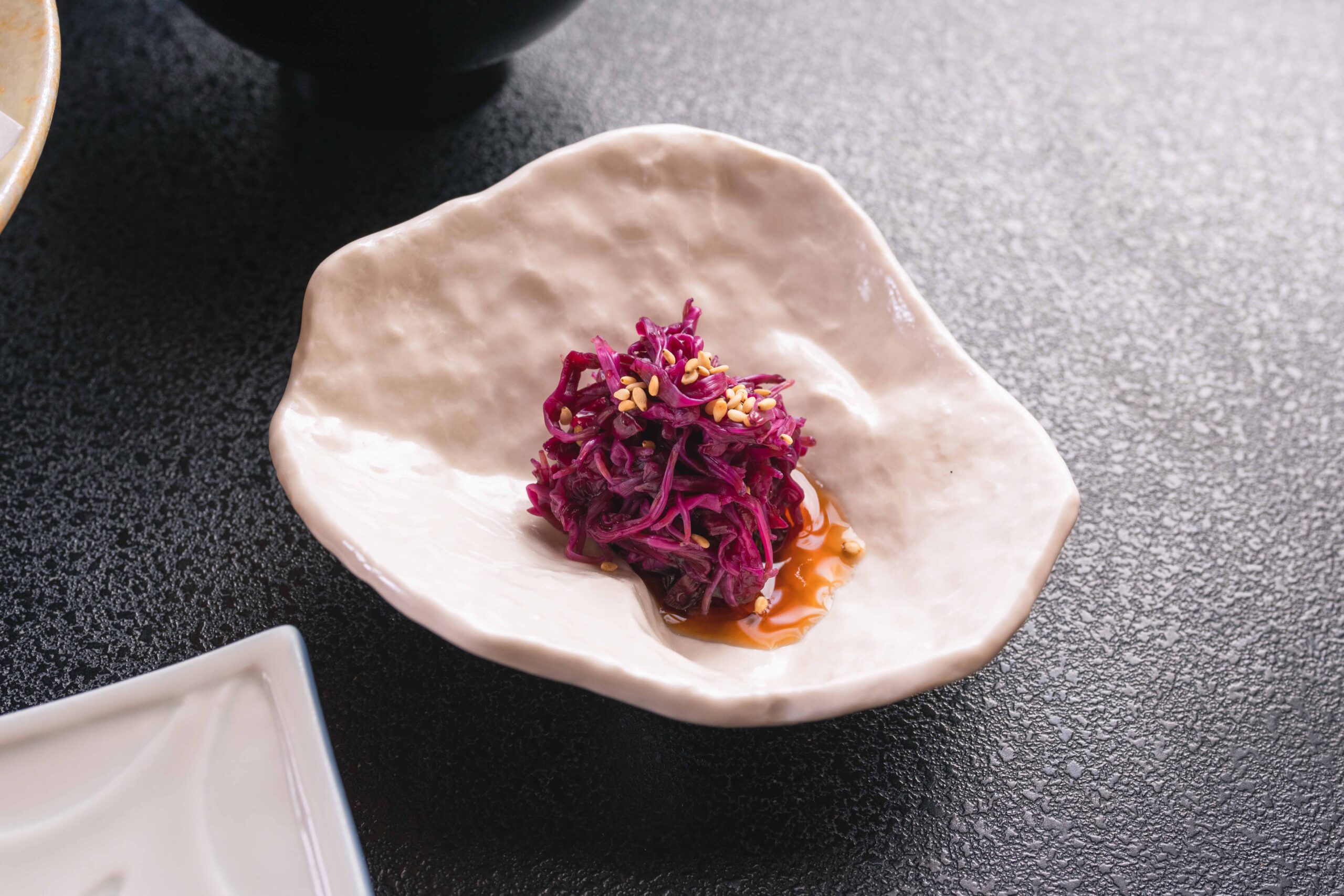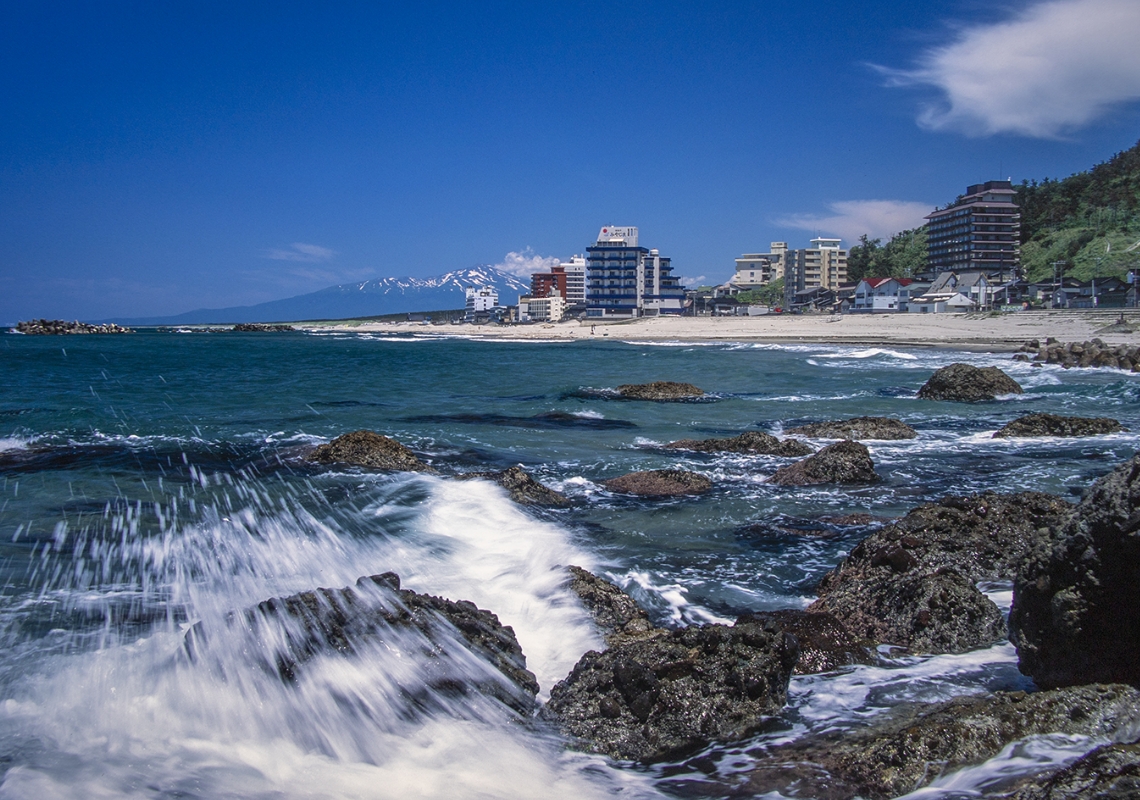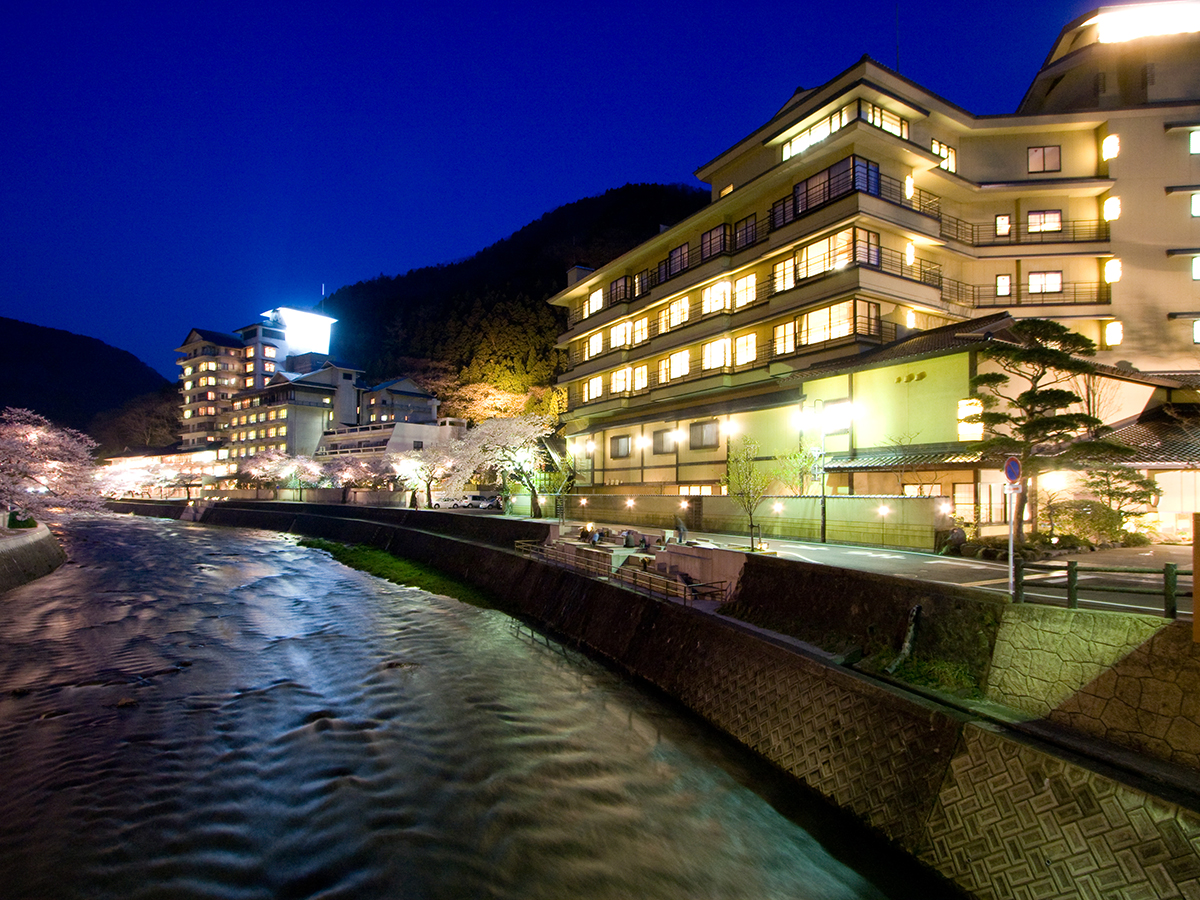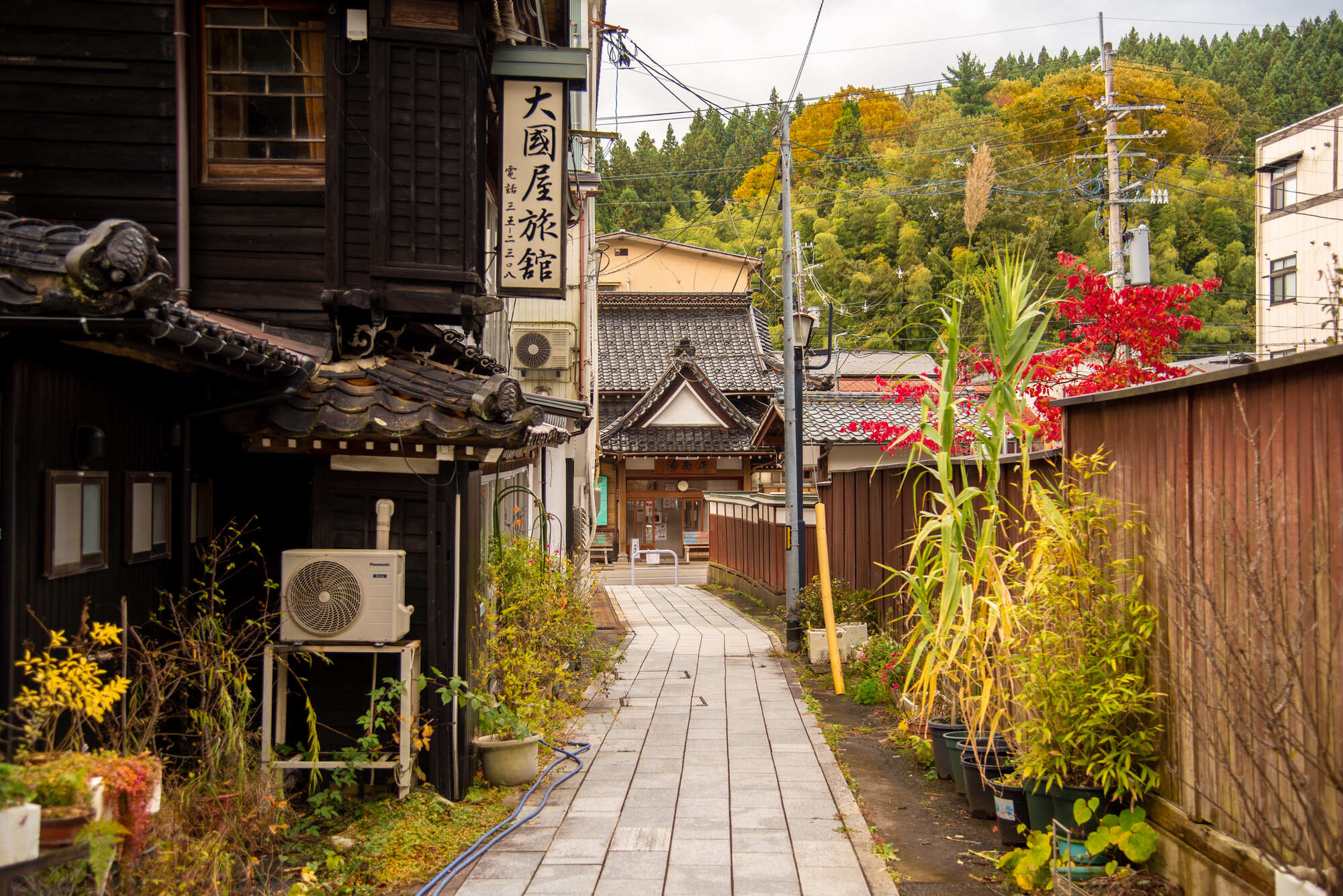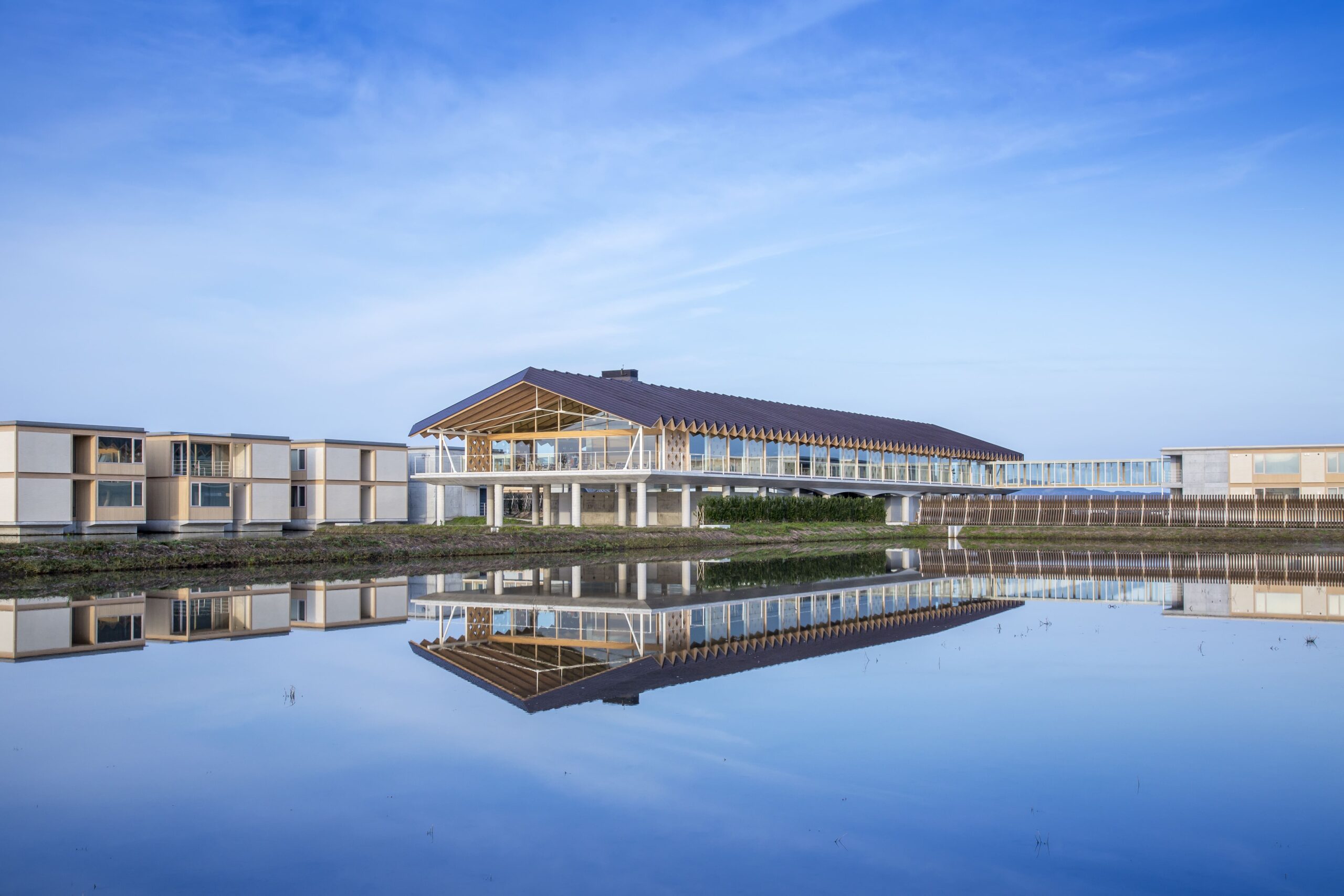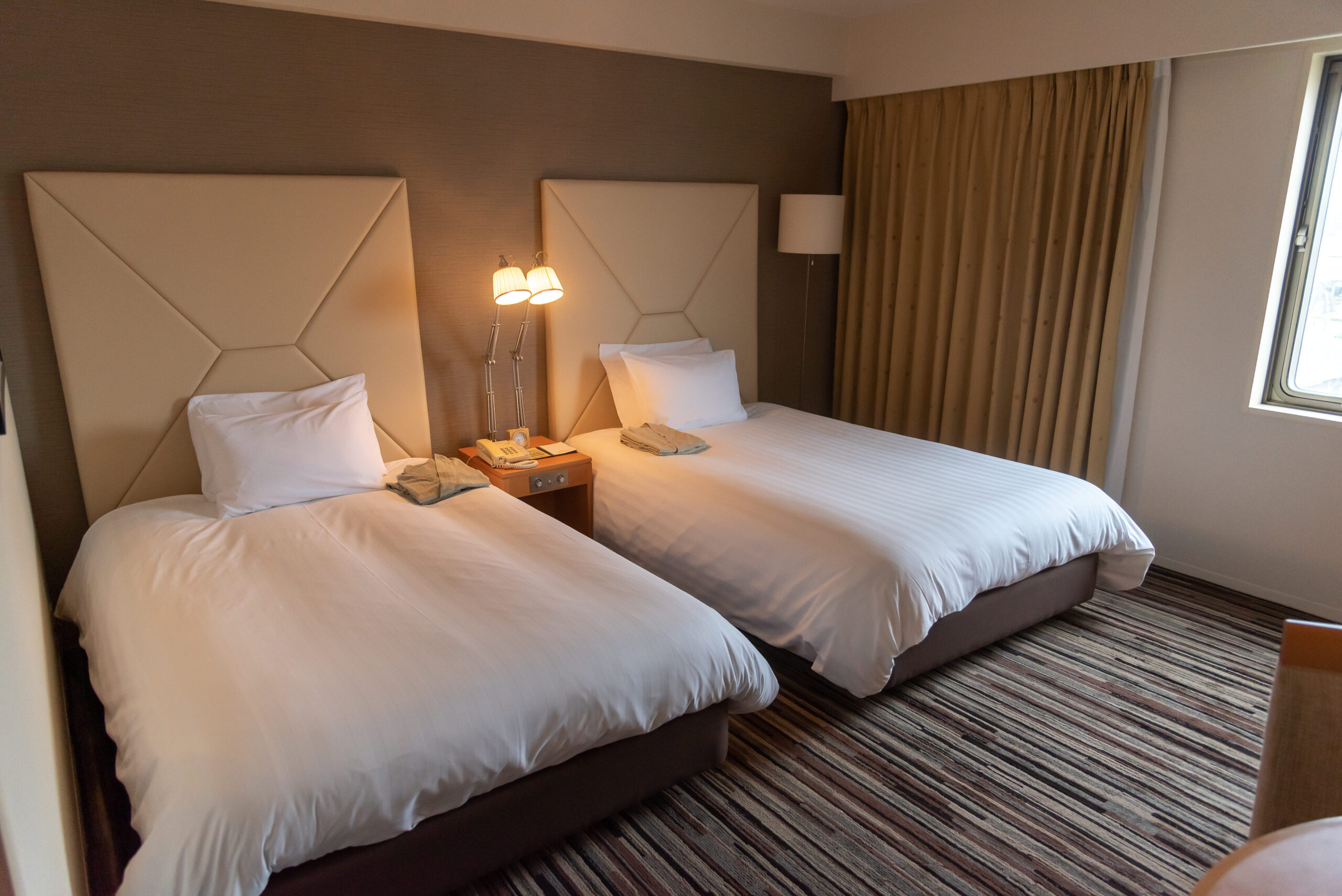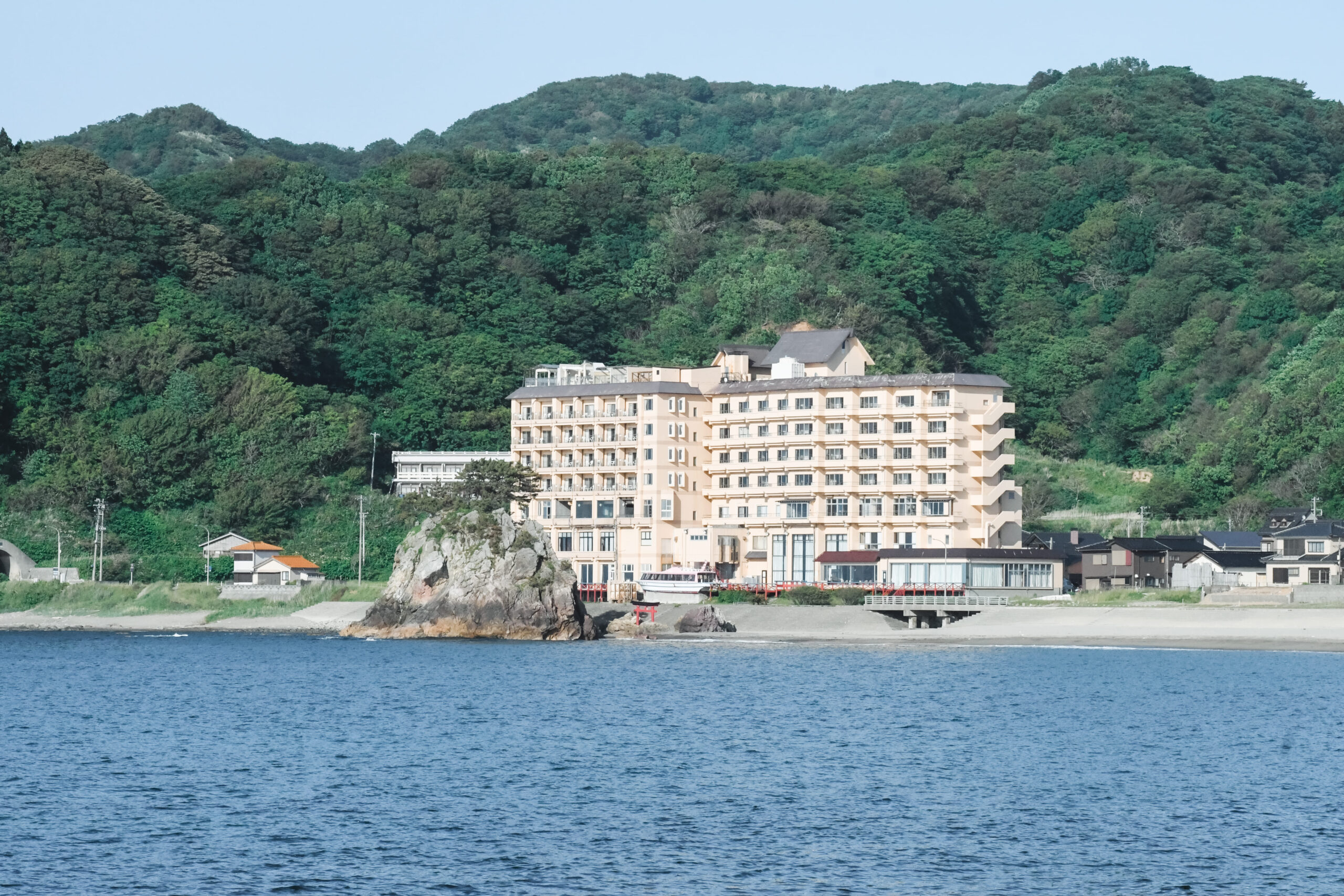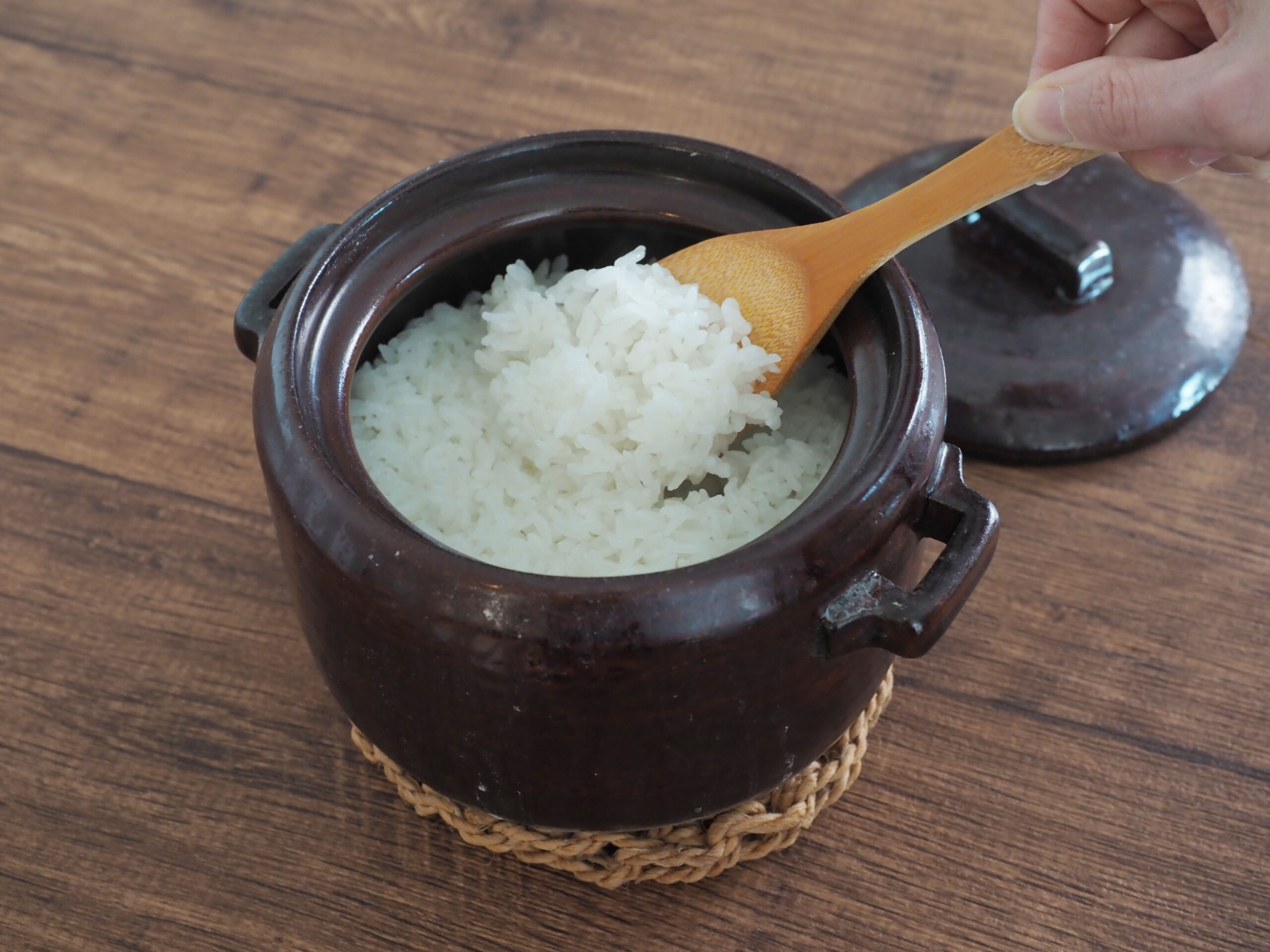
Shonai rice
The full-scale cultivation of rice in the Shonai region began in the 8th century after the establishment of the Dewa Province. During the Edo period (1603-1868), the lord of the Shonai domain, Tadamasa Sakai, encouraged rice cultivation, leading to increased production. Shonai became renowned as a major rice-producing region throughout the country. In 1649, a trade treaty with Osaka and Kanazawa was established in Sakata, and Sakata in Dewa became a central hub for rice trade. When Edo (current Tokyo) faced a severe famine, the shogunate established the western sea route (Kitamae ships) and transported a large amount of rice from the Shonai Plains to the capital.
Moreover, the Shonai region has supported many private farmers since the Meiji era (19th century). One of them, Kameji Abe from Shonai Town, bred the “Kamenoo” variety. From the late Meiji era to the Taisho period (1912-1926), it was cultivated not only in Japan but also in the Korean Peninsula and Taiwan, earning a place among Japan’s top three excellent rice varieties. The lineage of popular varieties like “Koshihikari,” “Sasanishiki,” and “Haenuki” can be traced back to the “Kamenoo” cultivar.
In recent years, the pursuit of delicious rice cultivation has led to the creation of various rice varieties, such as:
- Tsuyahime (Yamagata 97): As the name suggests (“Shiny Princess”), this rice is characterized by its remarkable whiteness and luster. It not only has a glossy finish when cooked but also boasts a well-balanced sweetness, umami, and stickiness that lingers in the mouth after eating. It is popular not only for its natural flavor but also for remaining delicious even when cooled.
- Haenuki (Yamagata 45): Haenuki has firm rice grains with good stickiness and a satisfying chewiness. The more you chew, the more its umami and sweetness spread in your mouth. Its consistent quality, which remains delicious even when cooled, has made it popular in commercial use as well.
- Yukiwakamaru (Yamagata 112): A relatively new brand of rice in Yamagata Prefecture following “Haenuki” and “Tsuyahime,” it took over ten years to develop this variety. Starting from the 2018 harvest, Yukiwakamaru is an exceptionally new type of rice. The cooked rice has a striking whiteness, excellent gloss, and large, well-defined grains.


